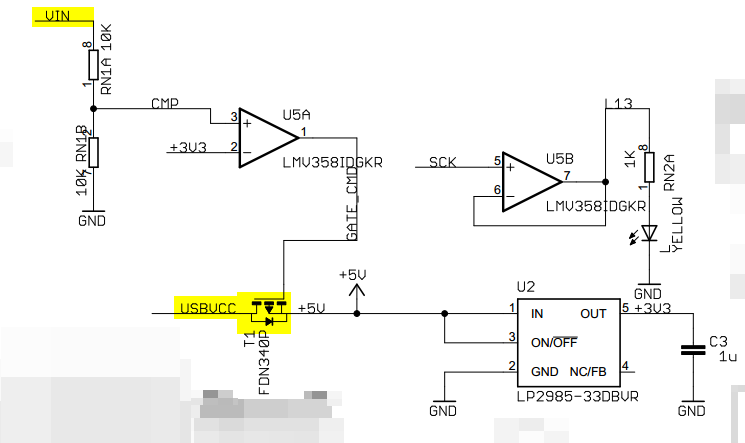I read the following online: If you plug in both USB power (say from a pc) and external power via the 2.1mm jack, the Arduino chooses power source automatically.
If the external 2.1mm DC is providing greater than 6.6V, the Arduino will take power from it instead of the USB.
Firstly, is this accurate?
Secondly, my real question: If I am powering my Arduino via external DC, can I still communicate with my Raspberry Pi using serial via the USB?


